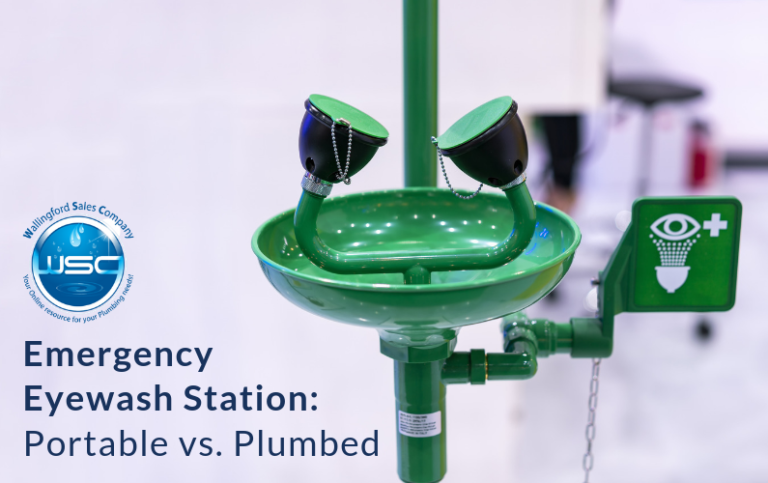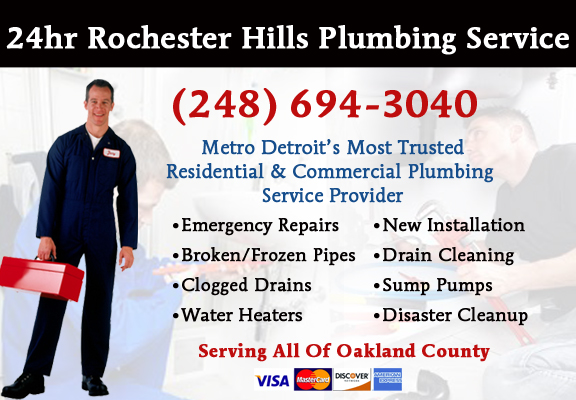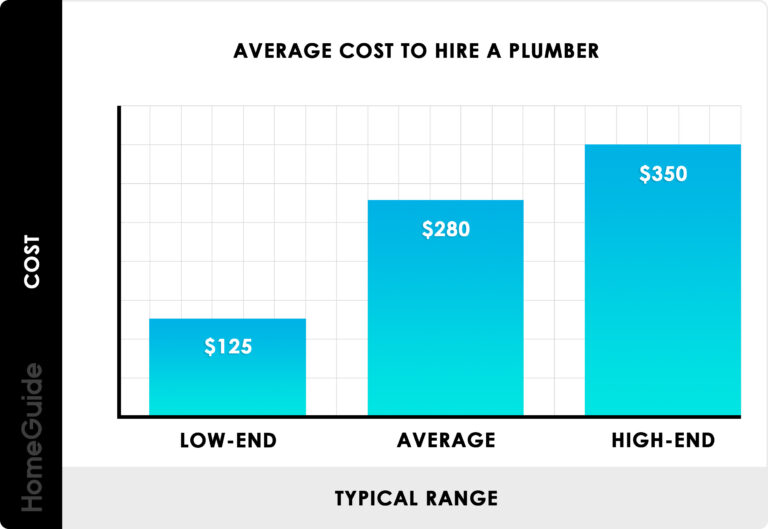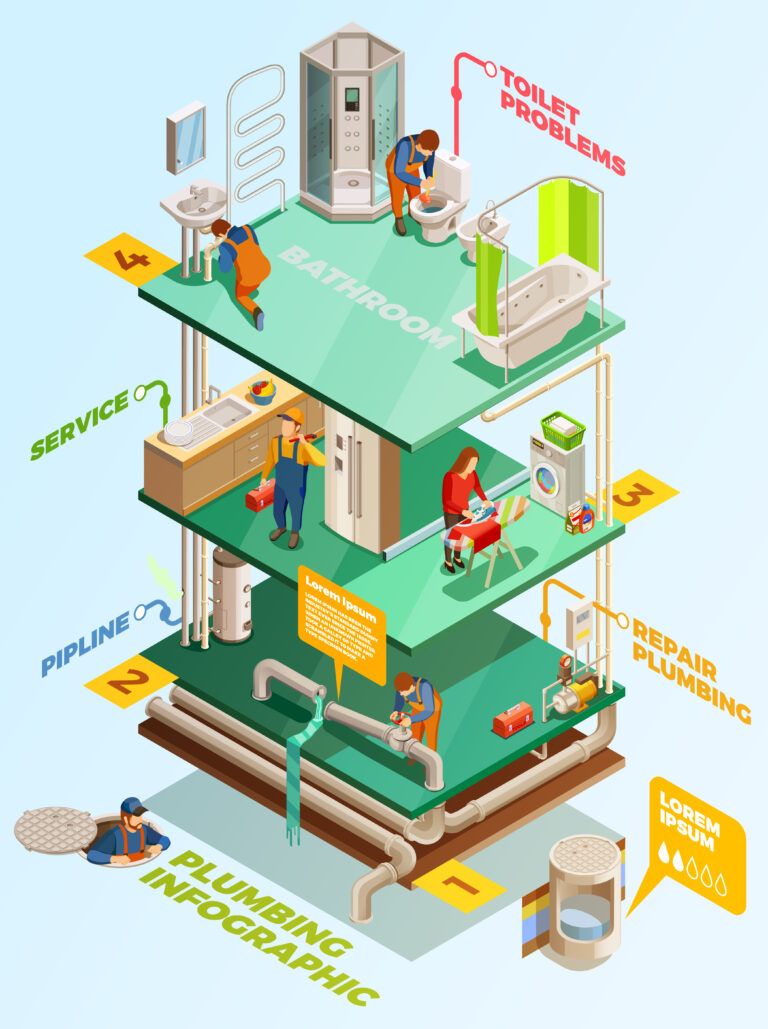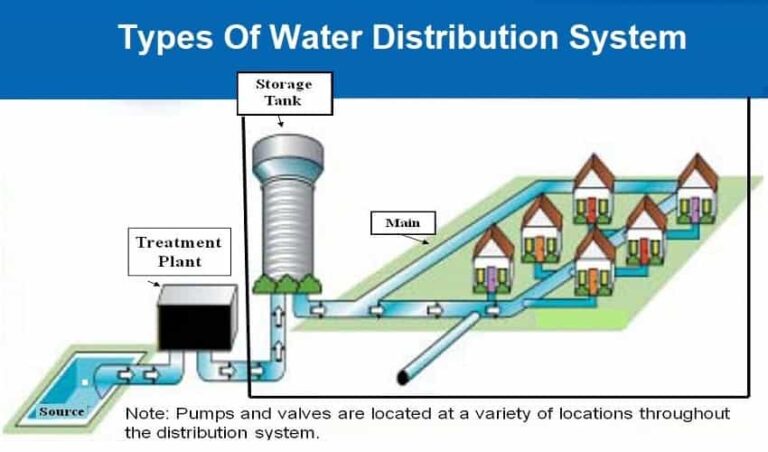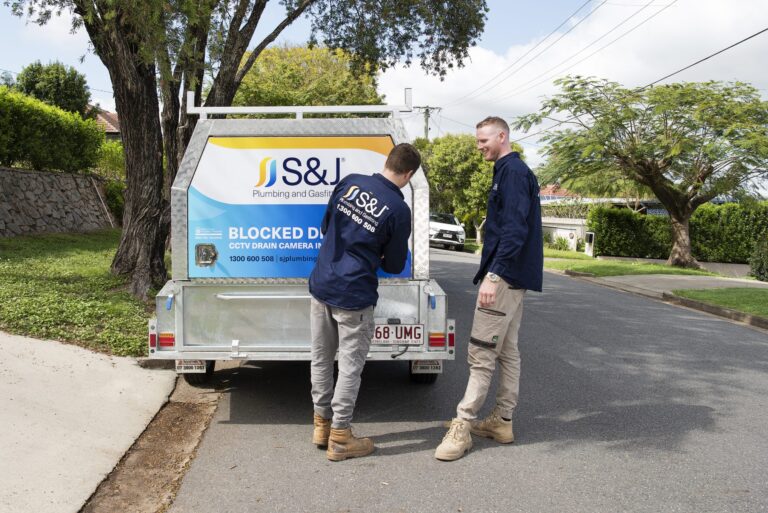What Are Plumbing Terms?
Plumbing terms are expressions used to describe specific parts of a plumbing system, as well as the processes used to install, maintain, and repair them. These terms are used by professionals in the plumbing industry to communicate with each other and to understand the technical aspects of the job. Plumbing terms can include words such as pipe, fittings, valves, drains, and traps, as well as more complex concepts such as pressure, flow, and backflow. Knowing the terminology associated with plumbing can help you better understand how your system works and how to troubleshoot any issues that may arise.
Definition of Common Plumbing Terms
Plumbing is an essential part of any home, but many people don’t fully understand the various terms associated with it. To help you become more informed, let’s explore some of the more common plumbing terms.
First, let’s look at water pressure. Water pressure is the force with which water flows through pipes, usually measured in pounds per square inch (PSI). High water pressure is great for quickly filling a bathtub, but too much pressure can cause pipes to burst or leak.
Next, we have water flow rate. This is the measurement of how much water is passing through a pipe or fixture, usually measured in gallons per minute (GPM). Knowing your water flow rate can help you determine the size of the pipes you need to install.
Another important term is plumbing trap. A plumbing trap is an S-shaped piece of pipe which serves two purposes; it prevents sewer gas from entering your home, and it also provides a water seal that prevents sewer odors from backing up.
Finally, we have plumbing vent. A plumbing vent is a pipe that runs from the roof to the plumbing system, allowing air to enter the pipes and preventing a vacuum from forming.
Understanding all these plumbing terms is the first step to becoming an informed homeowner. With this knowledge, you can make better decisions when it comes to plumbing repairs and maintenance.
Overview of Plumbing Components
Plumbing is an essential part of a home, and it requires specialized knowledge and terminology to understand the various components and systems at play. Knowing the major plumbing terms and components is key to understanding the complexities of the plumbing system and addressing any issues that may arise. This article explores the different plumbing components and terminology, from the basic parts to the terminology used in a plumbing system.
The most basic plumbing components are the pipes, fittings, and fixtures that make up a home’s plumbing system. The pipes are the pipes that transport water, while the fittings are the connectors that join the pipes together. Lastly, the fixtures are the taps, faucets, and other items that are used to control the flow of water.
In addition to the basic plumbing components, there are also a variety of specialized terms used in plumbing. These terms include drainpipes, waste pipes, supply pipes, relief valves, water meters, and more. Each of these terms has a specific purpose and is used to refer to a specific plumbing component or system.
Finally, understanding the terminology used in a plumbing system is essential for the effective maintenance and repair of the system. Common terms associated with plumbing include shutoff valves, water pressure gauges, and drain traps. These terms are used to describe the manner in which a plumbing system operates and the various components that make up the system.
By having a basic understanding of plumbing components and terminology, homeowners can better diagnose and repair plumbing issues. This knowledge is essential for ensuring that the system operates efficiently and properly.
Basic Plumbing Tools and Equipment
Plumbing is a complex profession, and it can be intimidating for beginners to learn all the terminology associated with it. But, understanding basic plumbing terms can be helpful when it comes to tackling projects yourself. To help you out, here are some of the most common plumbing terms and their meanings.
Tools & Equipment: the plumber’s toolbox is full of various tools and equipment. Plumbers use wrenches, augers, plungers, pipe cutters, and other tools to install, maintain, and repair plumbing systems. Additionally, they use various types of piping, valves, and fittings to ensure a reliable and efficient plumbing system.
Drain Clearing: one of the most common plumbing services is drain cleaning. Plumbers use drain snakes and other tools to clear clogged drains. They also use chemical agents to dissolve clogs.
Leak Detection: another important plumbing service is leak detection. Plumbers use specialized equipment to detect and repair leaks in pipes and fixtures. They also use video cameras to inspect drains and sewer lines.
Water Pressure: water pressure is an important factor in plumbing systems. Plumbers use pressure gauges to measure the water pressure in a home or business. They also use pressure regulators to adjust the water pressure to ensure optimal performance of the plumbing system.
These are just some of the common plumbing terms used by professionals. By understanding the basics, you’ll be better equipped to tackle your own plumbing projects.
Common Plumbing Repairs and Maintenance
Plumbing is essential for any modern home, and it is important to understand the terminology associated with it. Plumbing terms describe the materials, fixtures, and processes used in the installation, maintenance, and repair of plumbing systems. From the primary components such as pipes and fittings to the tools used to install them, plumbing terms are essential for understanding the plumbing industry. Common plumbing repairs and maintenance include leaky pipes, clogs, broken fixtures, and corroded pipes. Understanding the terms associated with these repairs can help homeowners better navigate the process of getting the job done. Additionally, understanding plumbing terms can help identify potential problems and save time and money when it comes to repairs. Knowing the correct terminology can also help in communicating with plumbers and other professionals in the field. From understanding the basics of pipe sizing to the complexities of hydronic heating systems, plumbing terms are essential to keeping your home’s plumbing system running properly.
Health and Safety Considerations for Plumbing
Plumbing is an essential part of any home or business, and proper maintenance is crucial for its efficient operation. While plumbing is a necessary part of everyday life, it can also be a potentially dangerous activity if not done properly. To ensure that plumbing is done safely and effectively, it is important to understand some of the most common plumbing terms. From understanding the technical aspects of plumbing to knowing the potential risks and safety measures, having a basic knowledge of plumbing terminology can help to make sure that plumbing is done correctly.
When it comes to plumbing, it is important to be aware of the potential health and safety hazards associated with it. Common plumbing hazards include exposure to hazardous chemicals, inadequate ventilation, and the risk of electric shock. Furthermore, improper installation of pipes and fixtures can lead to water damage and the spread of bacteria and viruses. To minimize the risk of plumbing-related injuries and health issues, it is important to follow safety guidelines and use appropriate safety equipment, such as gloves, masks, and safety goggles. Additionally, it is important to be aware of any local regulations and codes that may apply to plumbing work.
By having an understanding of plumbing terms and health and safety considerations, it is easier to make sure that plumbing is done correctly and safely. Knowing common plumbing terminology can help to keep everyone involved in plumbing safe, as well as prevent costly repairs and potential health issues.
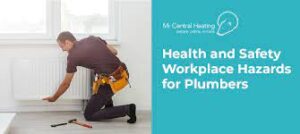
Summary of Plumbing Terms and Best Practices
Plumbing is a complex topic that requires a thorough understanding of terms and best practices to ensure efficient and safe operations. As a homeowner or business owner, you should familiarize yourself with the various plumbing terms to understand how best to maintain and repair your plumbing system. In this article, we’ll provide a summary of the most common plumbing terms and best practices.
Plumbing terms refer to the components, materials, and processes involved in the installation and repair of plumbing systems. Pipe fittings, valves, and fixtures are all essential parts of plumbing systems. Pipes are the main component of plumbing systems, as they are used to transport water and other liquids from one place to another. Trap primers, backflow preventers, and pressure regulators are also important components of plumbing systems. In addition, plumbing terms also include tools such as wrenches, pliers, and pipe cutters.
When it comes to plumbing best practices, it is important to understand the correct installation and maintenance of the various components of the system. This includes the use of appropriate sealants and lubricants, as well as ensuring that the piping and fixtures are properly sealed and connected. Additionally, it is important to regularly inspect pipes and fixtures for signs of wear or damage, and to replace them if necessary. Regular maintenance is also essential to prevent clogs and leaks.
By understanding plumbing terms and best practices, you can ensure that your plumbing system is functioning properly and safely, and that you are able to properly maintain and repair your plumbing system. With a thorough understanding of plumbing terms and best practices, you can save time and money, and maintain a safe and effective plumbing system.

FAQs About the What Are Plumbing Terms?
1. What is a P-Trap?
A P-trap is a plumbing fixture that is commonly found in sinks and tubs. It is a U-shaped pipe that prevents sewer gas from escaping into the home and also traps debris or other objects that may have been flushed down the drain.
2. What is a Water Hammer?
A water hammer is a loud banging noise that is caused when a shut-off valve is opened or closed too quickly, causing a pressure wave to move through the pipes. This can cause damage to pipes and fixtures if not corrected.
3. What is a Dielectric Union?
A dielectric union is a type of plumbing fitting that is used to connect two pieces of piping together. It is made of two separate pieces of metal that are connected by an insulating material. This type of fitting is used to prevent galvanic corrosion, which is caused by two dissimilar metals touching each other.
Conclusion
Plumbing terms are important to understand in order to properly maintain and repair plumbing systems. Knowing the terminology will allow you to accurately communicate with plumbers and other plumbing professionals, and it will also help you to identify potential issues and fix them yourself. With the right knowledge, you can ensure that your home or business’s plumbing system operates efficiently and effectively.


